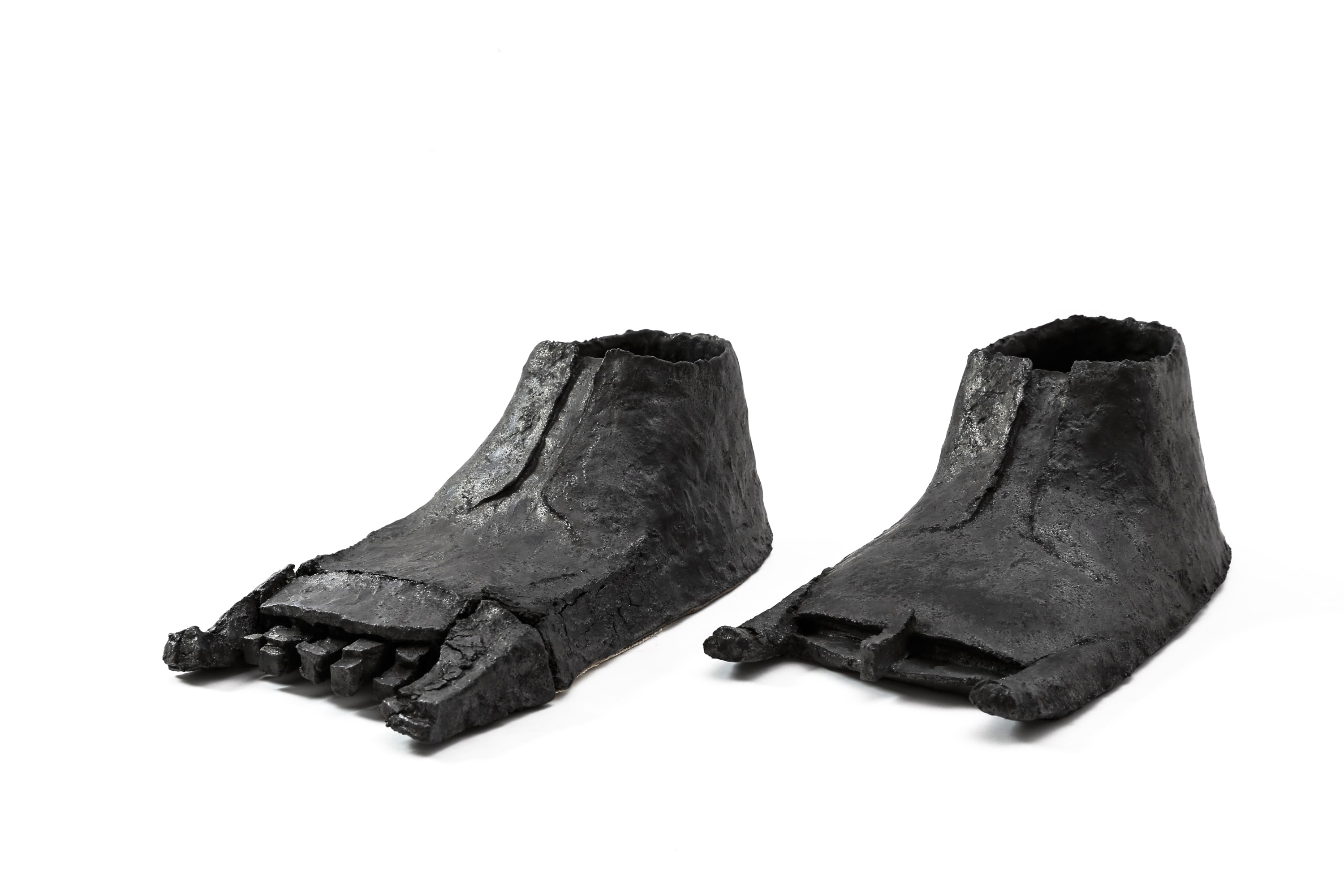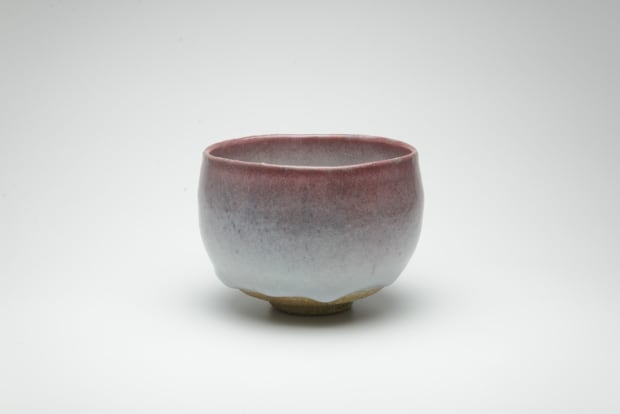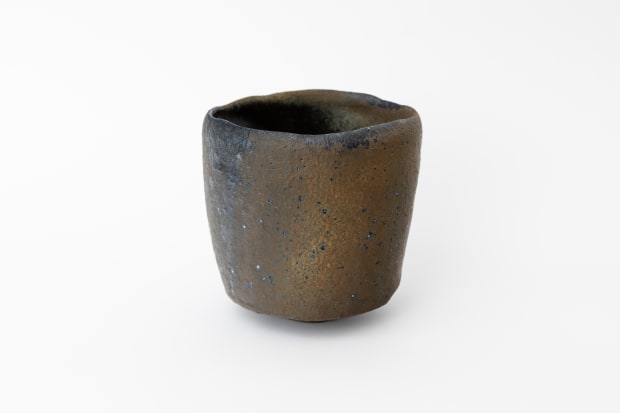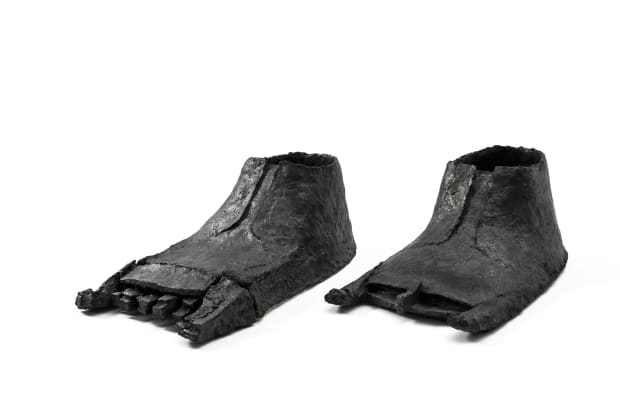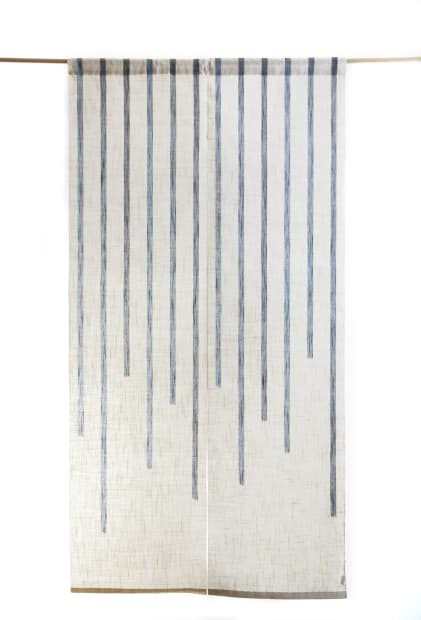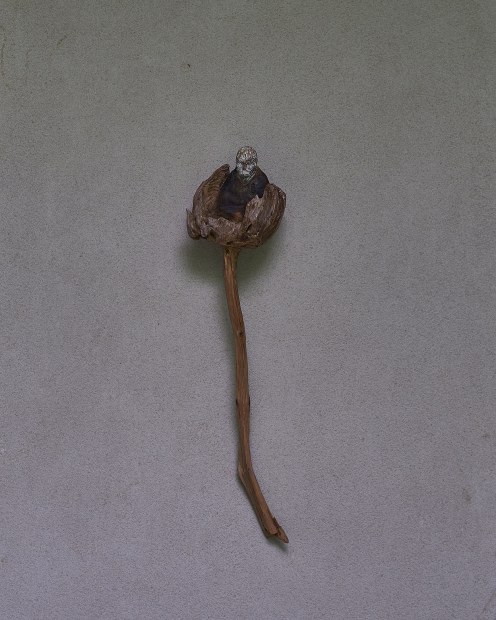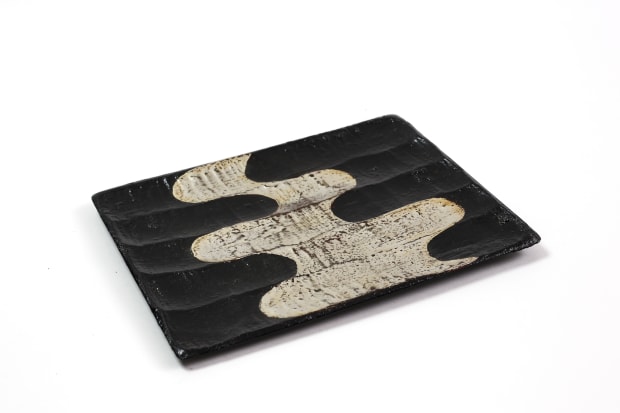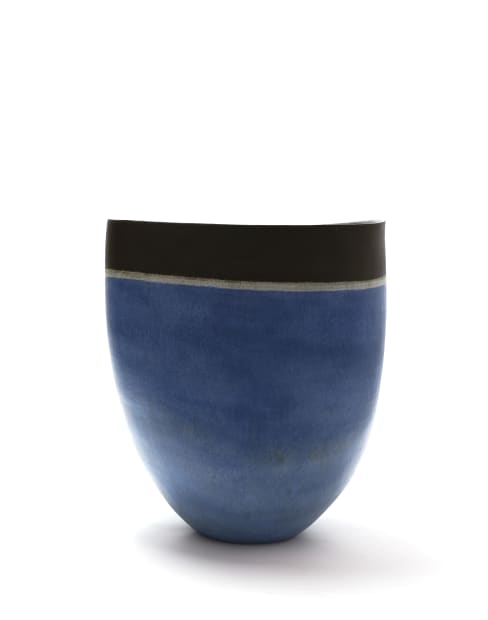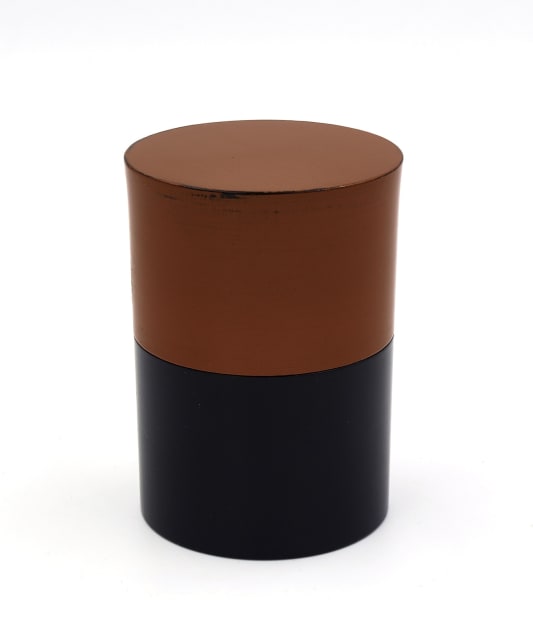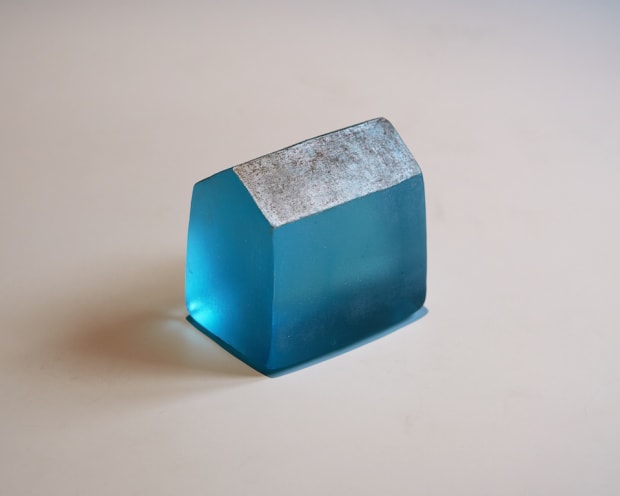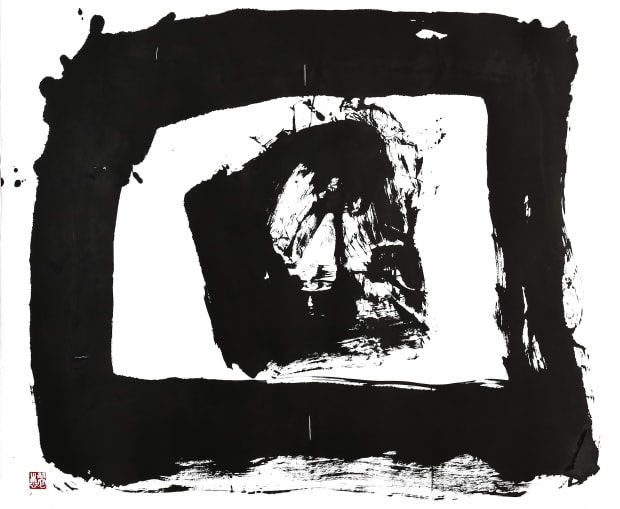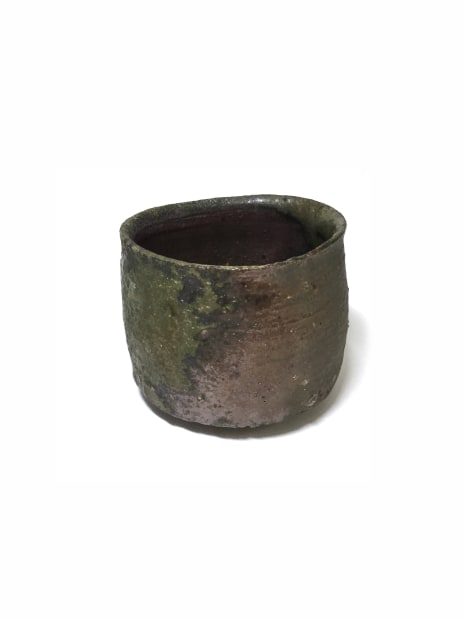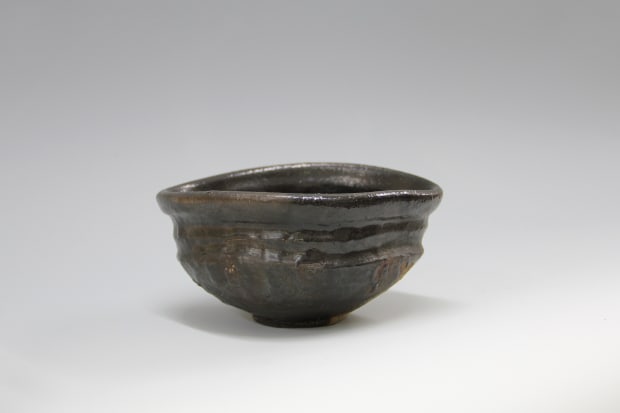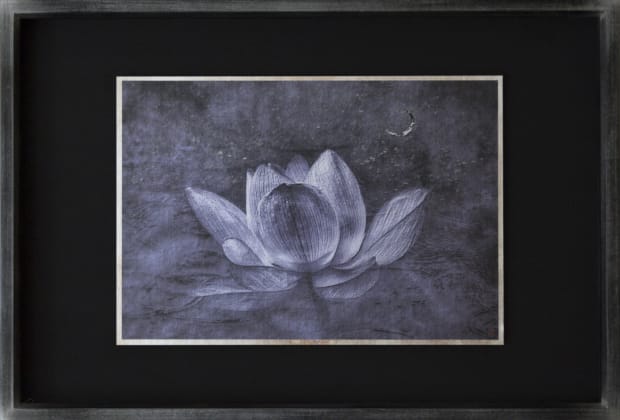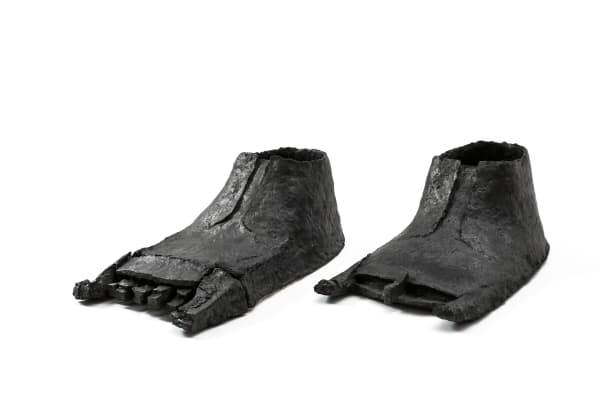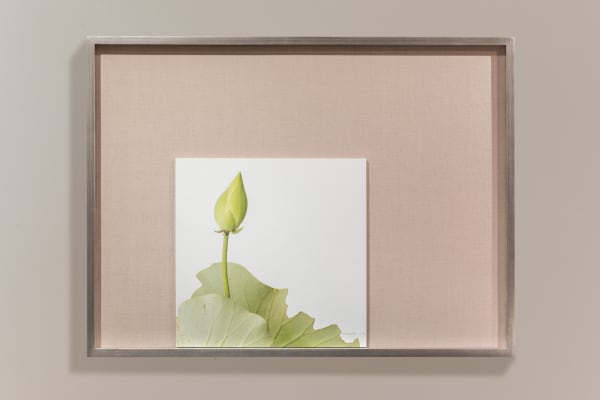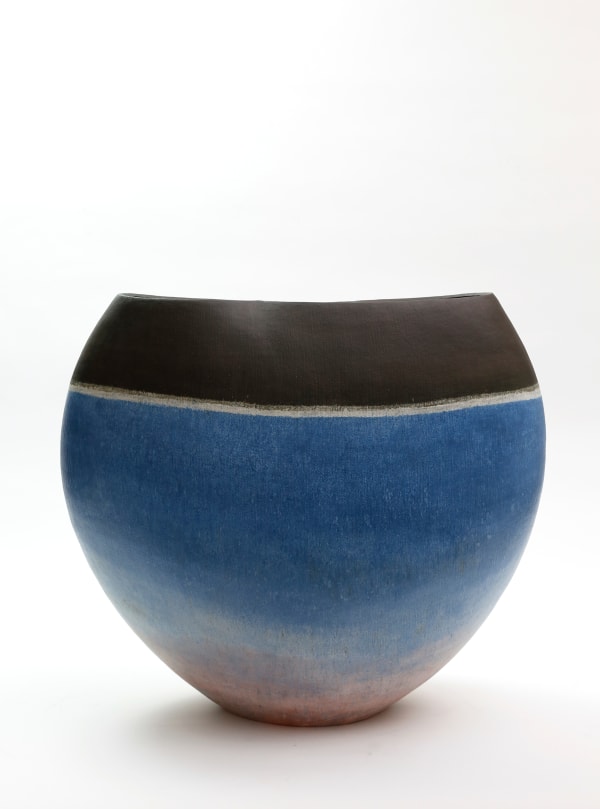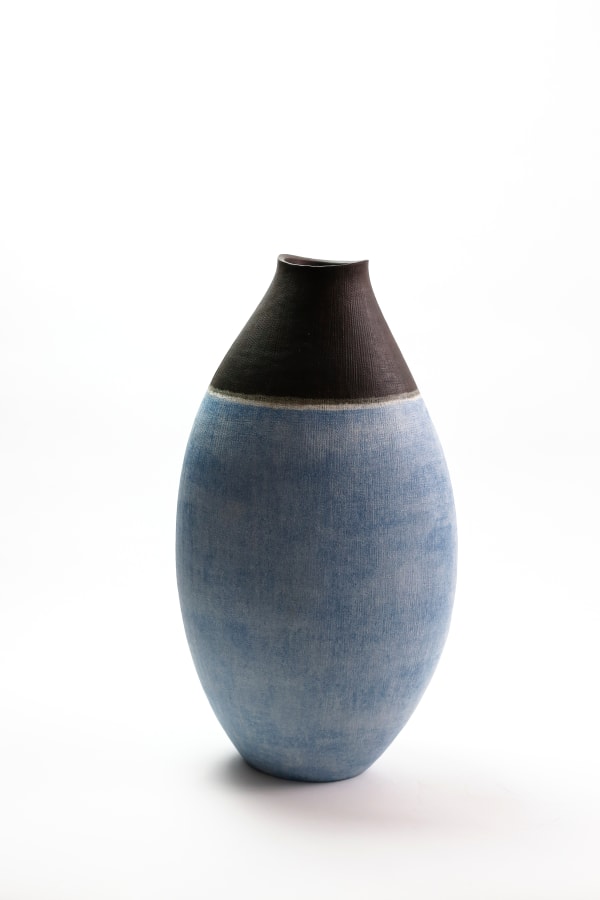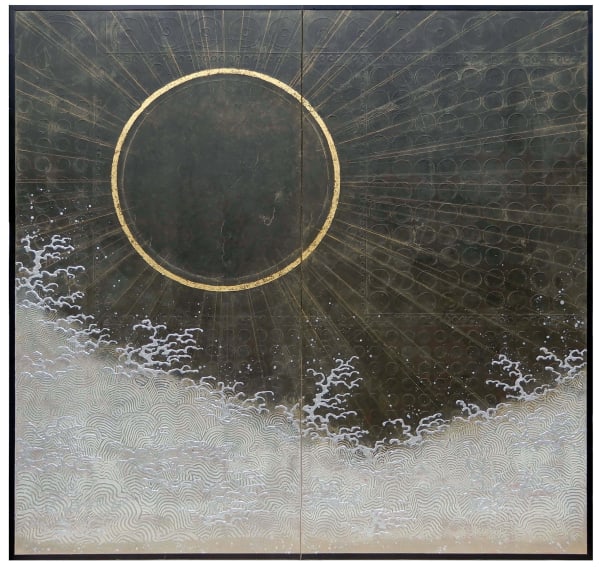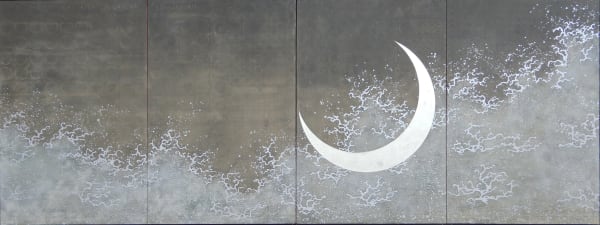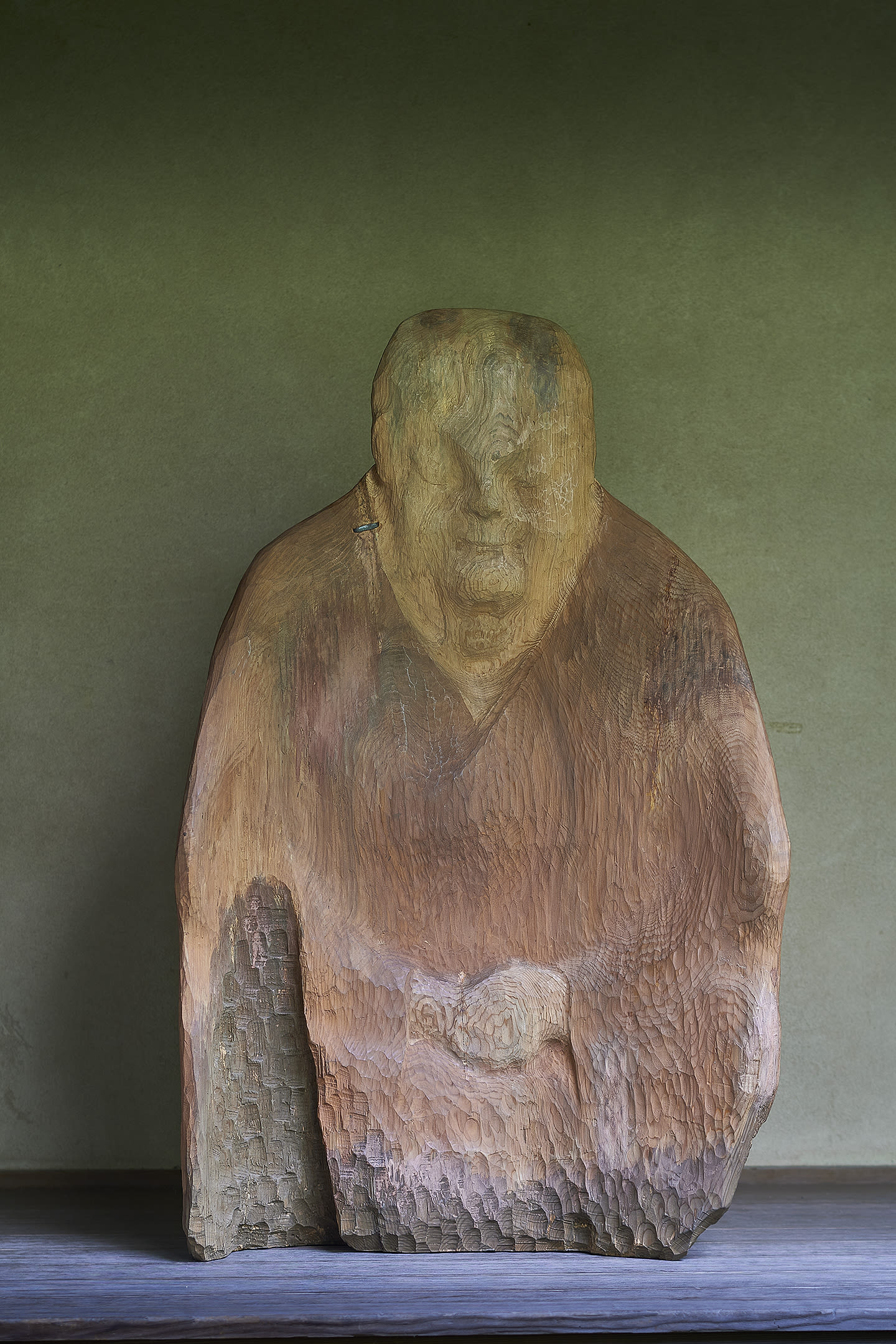-
Remembering Our Ancestors
The Japanese festival of Obon traces back to ancient Chinese and Buddhist rituals that honor one’s ancestors. During the holiday, from August 13th to 15th, many families visit ancestral graves and float paper lanterns with candles and incense down rivers and streams, representing the passing of the soul into the afterlife. Obon also signifies the season from late July through August when temples, shrines, neighborhoods, and schools hold public festivals and performances to bring communities together.
-
To mark Obon, Ippodo Gallery has assembled a selection of works that engage with Buddhist practices, and the pursuit of nirvana, the escape from the cycle of suffering, death, and rebirth. The lotus's ascent from the dark, murky water in which it grows to its vibrant, luminescent bloom on the surface symbolizes Buddhism's goal of spiritual awakening. Takashi Tomo-oka's photographic works, showing lotus flowers in full bloom and decay, suggesting the cycle of life and death. Many works in the show are tea bowls, vases, and incense burners used in the tea ceremony, a practice with deep connections to Zen Buddhism. Yikiya Izumita’s unglazed tea bowls emphasize the humble origins of the clay, connecting the person who drinks from the vessel the timeless materiality of the earth.
-

-
Exhibiting Artists
-

-

-

-

-

-

-

-

-

-

-

-

-

-

-

-

-

-

-

-
Featured Works


